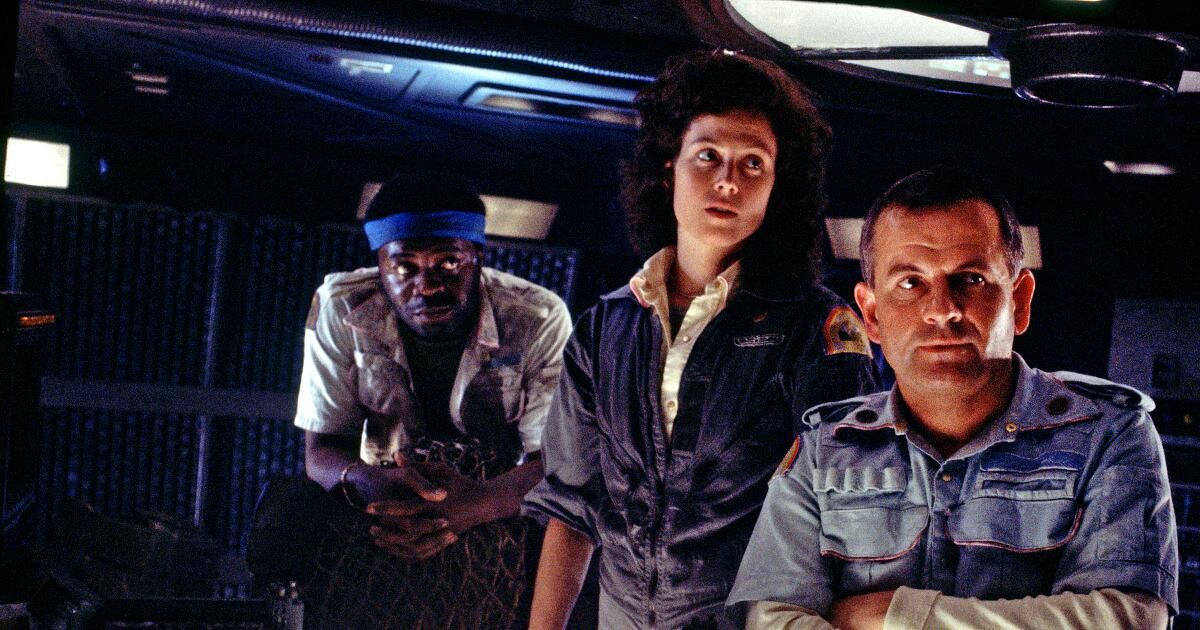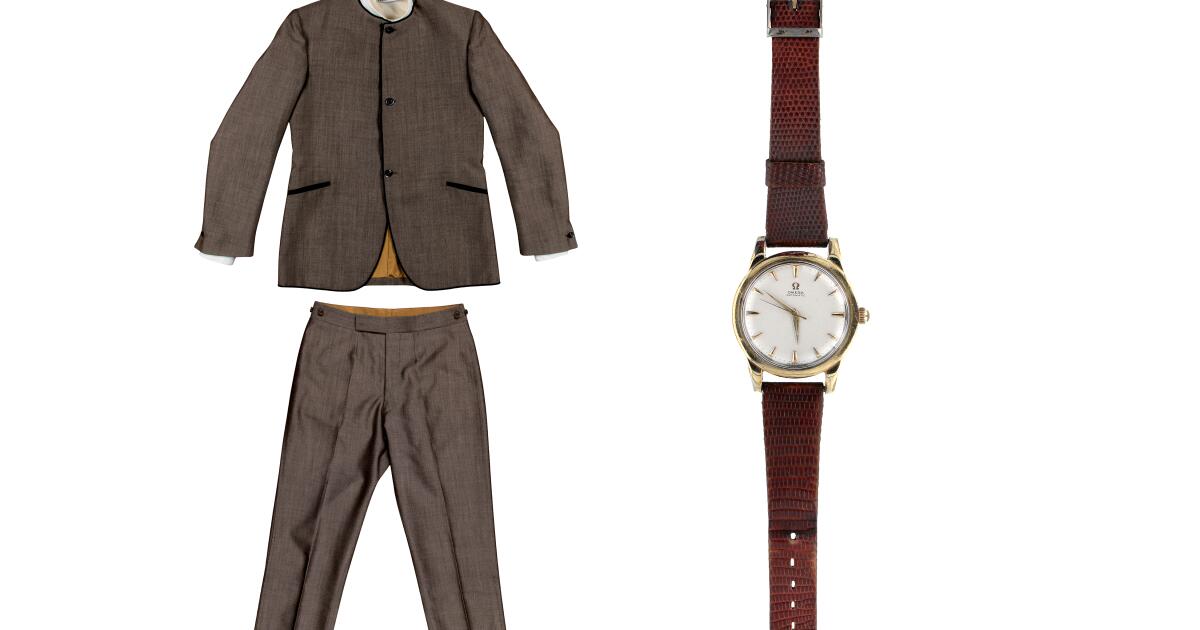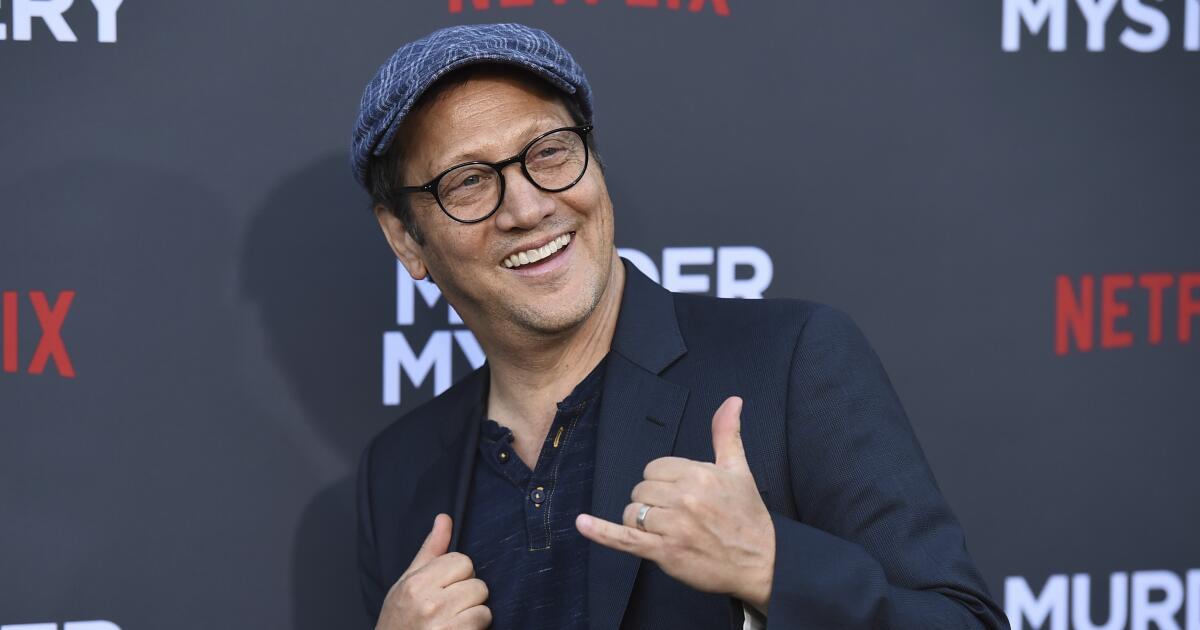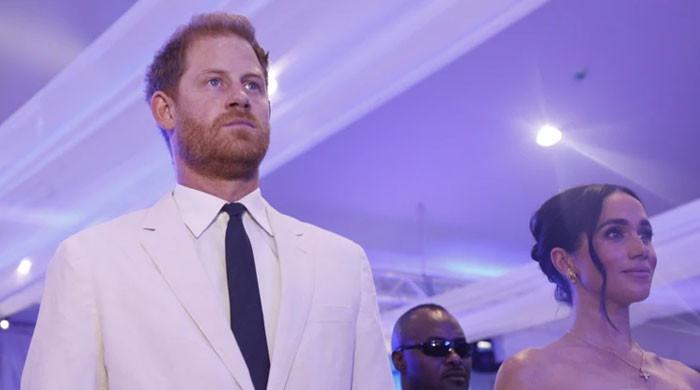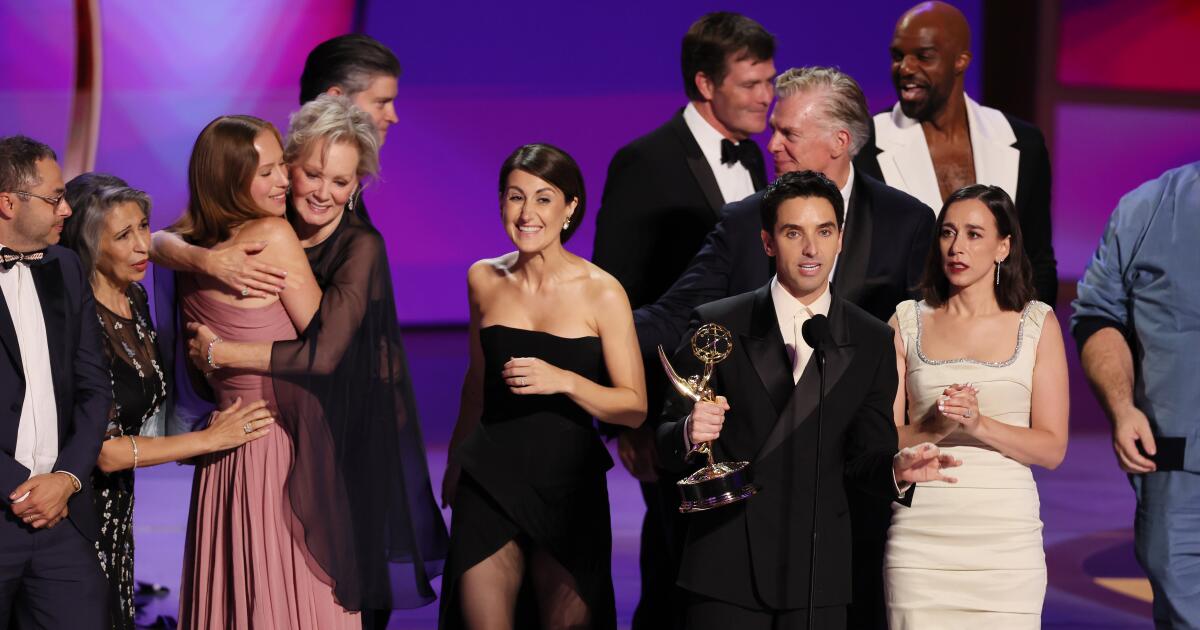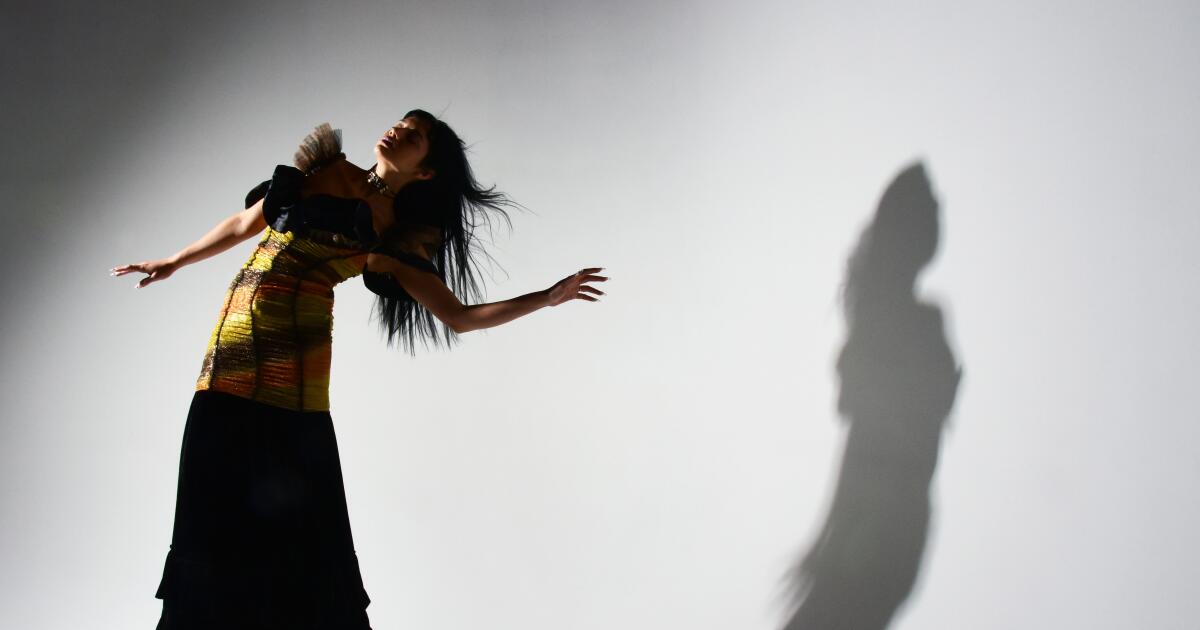(Spoiler alert: If you haven’t seen “Alien: Romulus” — or, for that matter, the original 1979 “Alien” film — consider waiting until you see it.)
A familiar face unexpectedly appears a third of the way into “Alien: Romulus,” the gruesome new interquel to the “Alien” franchise now in theaters.
The inclusion of a new “synthetic” (a humanoid android) in the likeness of the late actor Ian Holm has already sparked passionate reactions online. Social media users have questioned the ethics of the cameo in several scenes, with some calling it “digital necromancy.” Holm, who starred in “Chariots of Fire,” “Brazil” and “The Sweet Hereafter,” died in 2020 at age 88.
In Ridley Scott’s original 1979 sci-fi horror classic “Alien,” Holm played Ash, a crew member who is secretly artificial and has ulterior motives. And now his face and voice have been resurrected as a new character named Rook, also a synthetic. While “Alien: Romulus” director Fede Alvarez admits to using artificial intelligence to create the illusion, he hopes viewers will consider the film’s broader intent.
“We weren’t trying to do what you can’t do, which is reproduce that person’s talent as an actor, because it’s another character,” Alvarez, 46, tells The Times. “The only thing they have in common is the resemblance.”
Among many other references to “Alien” and James Cameron’s 1986 sequel, “Aliens,” the appearance of a half-destroyed android torso interacting with passengers was always part of the new narrative, even before deciding what it would look like.
“We knew we were going to create an animatronic,” says Alvarez, using the term to refer to a robot that looks lifelike on set, “and that we were going to do CGI enhancements to the mouth and eyes later depending on the shots. “Then the question arose: ‘What face does he have? Who is he?’”
Alvarez says his team considered the full range of synthetics in the “Alien” films over the years: Lance Henriksen appeared as Bishop in “Aliens” and then again in David Fincher's 1992 “Aliens 3,” the latter as a legless torso on a table as Rook, while Michael Fassbender played David 8 in Scott's “Prometheus” and Walter One in “Alien: Covenant.”
“The only one who hadn’t reappeared and who we found fascinating was Ian Holm,” says Álvarez.
Álvarez contacted Holm’s widow, Sophie de Stempel, to explain the idea and ask for her opinion. He then discussed it with Scott, who had known Holm throughout his life. Both parties were enthusiastic about the “Romulus” proposal.
“In the last 10 years after ‘The Hobbit,’ Ian Holm felt like Hollywood had turned its back on him and his widow felt that she would have loved to be a part of this,” Alvarez says. “He loved this particular character.”
Scott sees Rook’s presence as a way for Alvarez to “dive into some of the artifacts from the first film,” he says.
“The sudden appearance of Ian Holm as a robot on board the company – a bit of an old-fashioned word – was a great idea,” says Scott, 86. “That’s how ideas work. Great ideas evolve. The next step is Blade Runner, where Roy Batty is an evolved replicant – a human who is not human but essentially a robot, in the old terminology.”
In the first “Alien” film, Scott recalls, the shocking revelation that Holm’s character, Ash, was not human, was pivotal to the story, as they had to be cautious with how much information they showed about the creature. “We were running out of big scares and glimpses of an alien, because we didn’t have these digital effects at the time,” he says.
For the production of “Romulus,” Rook was designed as an animatronic in Holm’s likeness, with facial movements that were the work of off-camera human maneuvers.
“Eighty or 90 percent of it was done by the puppeteers depending on the shot,” says Alvarez, describing subsequent CGI enhancements in post-production as work on the eyes (“to give the animatronic a little more life”) and the mouth to improve lip syncing.
He also brought in British actor Daniel Betts on set in Budapest to record facial capture with the cast. During filming, lines were read in real time using the animatronic. Betts' voice was then morphed to sound more like Holm's using generative AI and computer modeling.
“We’re not resurrecting someone and saying, ‘Ian would have done it that way,’” the director says. “Obviously, he would have done it differently. We had an actor who was on set, who worked on the dialogue, who worked with the actors. It’s not like we skipped hiring an actor.”
Alvarez doesn't think it's feasible for AI to replace actors anytime soon. His decision to use such tools to create Rook, he says, was uniquely specific to this film and this franchise.
“It’s much more expensive to do it the way we did it, it’s much cheaper to hire an actor,” Alvarez explains in his defense. “Doing it this way requires a crew of so many people and so many roles to pull off that it’s never going to be really convenient.”
Alvarez maintains that Rook is a character with a distinct personality from Ash, and that his motivation for using Holm's likeness and voice was a genuine desire to honor her place in the franchise's history.
“We did everything with great respect and always with the permission of his family, his children and his widow, who said: 'We would love to see his image again,'” says Álvarez.

